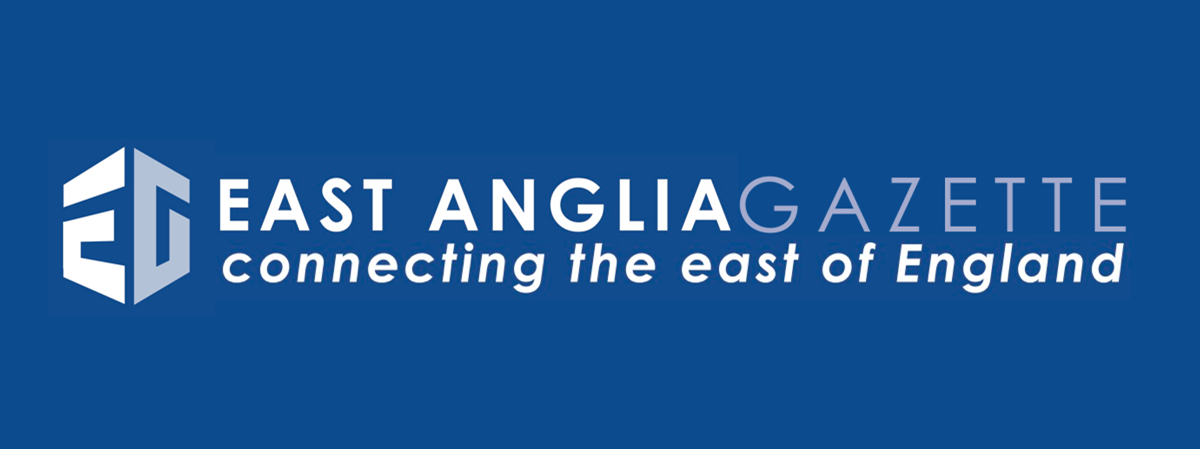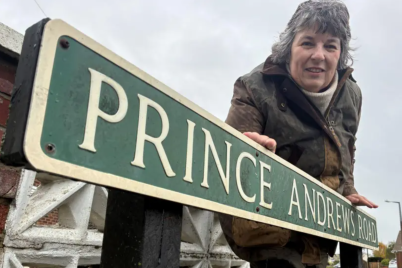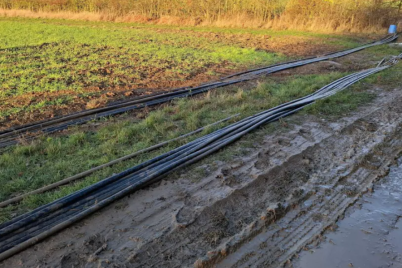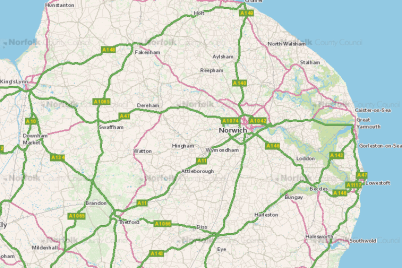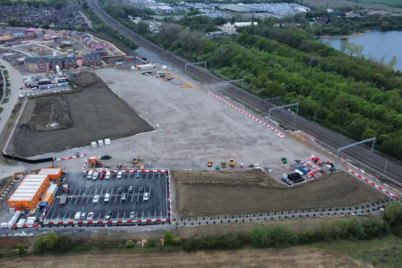The Norfolk County Council budget consultation opened on Monday 27 October.
Residents are invited to share their views on proposals designed to balance the authority’s finances for 2026–27. The council faces the task of addressing a £41.6 million funding gap while continuing to deliver key services across the county.
Cllr Andrew Jamieson, deputy leader and cabinet member for finance, said all councils were contending with “higher costs and greater demand for services.”
He explained that the challenges Norfolk faces include “[a] budget gap, the continued cost increases from inflation, spending pressures across wider public finances, and uncertainty about government funding for 2026–27 onwards.”
Despite these pressures, the council has confirmed plans for £298 million in budget growth over the next five years.
This funding is intended to support essential services and meet rising demand, particularly within adult and children’s social care.
Cllr Jamieson stated that the aim was to “protect vulnerable residents while still delivering the key services which are relied upon every day by Norfolk’s residents, businesses and visitors.”
The Norfolk County Council budget consultation sets out 50 saving proposals alongside options for council tax increases. Collectively, the savings proposals amount to £35.7 million, contributing significantly to the £41.6 million savings target for 2026–27.
Three potential council tax increases are under consideration:
An increase of 3%
An increase of up to 5%
An increase of more than 5%
The consultation, open from 27 October to 15 December 2025, allows residents to review these options and provide feedback online at www.norfolk.gov.uk/budget.
Once the consultation period closes, findings will be presented to Norfolk County Council’s Cabinet in January 2026.
The select committees will also provide feedback before Cabinet finalises its proposals, ahead of the Full Council’s final decision in February 2026. National announcements, including the Autumn Budget on 26 November and the Local Government Finance Settlement in December, are expected to influence the final plan.
Funding and Spending Overview
For 2025–26, Norfolk County Council is managing approximately £2.167 billion in revenue expenditure. The main sources of funding are:
Council Tax: £572 million
Business Rates: £208 million
Government Grants: £346 million
Other Income (fees, charges, interest): £534 million
Schools Grants: £507 million
Expenditure is divided across key service areas:
Adult Social Care: 33%
Children’s Services: 17%
Schools: 22%
Highways, Waste, Fire, Libraries: 17%
Other Services: 11%
Adult social care represents the single largest area of spending, supporting around 12,000 residents at any one time and approximately 20,000 annually. Services include personal care, domestic assistance, and community engagement, delivered either at home or in specialised accommodation.
Pressures on the Budget
Rising costs are a significant factor in the council’s financial planning. Inflation and increased service demand are forecast to add £31 million and £15 million respectively to expenditure in 2025–26. Norfolk’s ageing population continues to place pressure on health and care services, with one in four residents now aged over 65, compared with one in five nationally. The over-85 population is projected to double by 2041, resulting in greater demand for long-term and complex care.
Legislative changes, such as adjustments to National Insurance Contributions and increases in the National Living Wage (NLW), are expected to add £35 million to the council’s costs in 2025–26. The authority estimates that 60–70% of adult social care costs relate directly to staff wages. Each 1p increase in the NLW raises expenditure by approximately £300,000. Over the past five years, the NLW has risen by £2.72.
Financial Uncertainty
The council’s financial outlook is affected by uncertainty over future government funding. The outcome of national local government funding reforms has yet to be determined, creating difficulty in long-term planning. Combined with inflation, service pressures, and the residual effects of events such as the COVID-19 pandemic and the cost-of-living crisis, this uncertainty presents challenges for maintaining stable service delivery.
Strategic Priorities
To address these challenges, the council has outlined a number of key priorities:
Prevention: Supporting early intervention to reduce long-term costs.
Innovation: Implementing technology and efficiency improvements.
Partnerships: Collaborating with health, education, and community sectors.
Investment: Delivering £1.1 billion in capital projects, including roads and schools.
These measures are intended to support financial sustainability while maintaining service quality.
Public Involvement
Cllr Jamieson encouraged residents to participate in the Norfolk County Council budget consultation, noting that local input plays a key role in shaping the final decisions. “We also want to hear your ideas for making savings, as we believe that the people who use our services are the best people to comment on how to get more out of our services, while tackling the budget deficit,” he said.
The council has emphasised that the feedback gathered will directly inform the 2026–27 budget and help determine how resources are allocated across Norfolk in the coming financial year.
